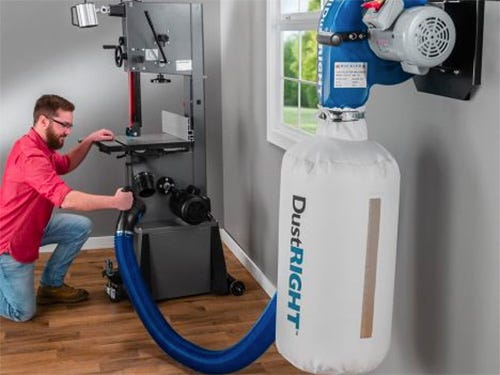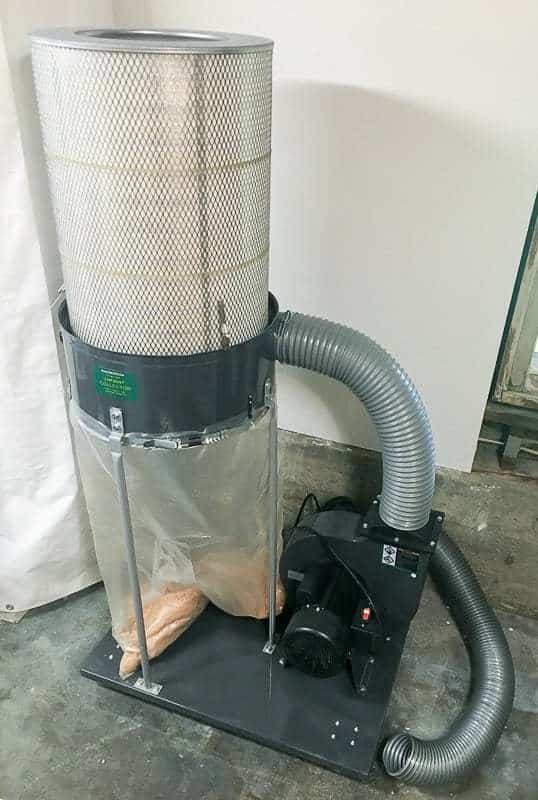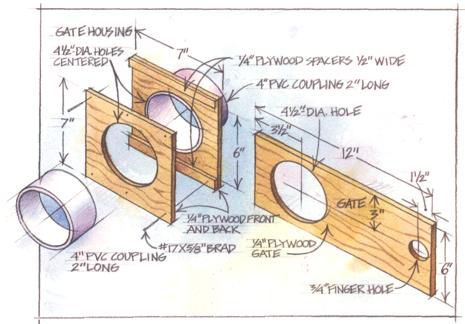Dust Extractors For Small Workshops - Questions
Fascination About Dust Extractors For Small Workshops
Table of ContentsAn Unbiased View of Dust Extractors For Small WorkshopsSome Known Facts About Dust Extractors For Small Workshops.5 Simple Techniques For Dust Extractors For Small WorkshopsThe Single Strategy To Use For Dust Extractors For Small Workshops
The challenges for foundry dust collection systems revolve around crystalline silica dirt, carbon monoxide gas, and heat, which are hazardous mixes. These elements make conference air top quality requirements challenging and also requiring. Consequently, when picking a dust control system for a foundry, the initial consideration is the capability of the system to endure severe and also dangerous work environment conditions.
Finishing, or thermal spray, uses heated material to metals to coat their surface areas. Dirt collection systems for this kind of procedure have to be specifically made to fit the kind of covering being applied. The objective of the system is to regulate and also lessen overspray and also dust. The typical thermal spray dust control system makes use of air ducts to relocate air to the collection device. dust extractors for small workshops.
It would appear most likely to boost airflow and activity, this kind of solution might be inefficient as well as waste power. The design of the cubicle relies on the pressure of the air getting in the cell or cubicle. For most systems, it is necessary to have a mild vacuum cleaner in the cubicle to stay clear of possible favorable pressure.
What Does Dust Extractors For Small Workshops Do?
One more method is simply putting the makeup air link on the top of the cubicle. Despite the design, it is important for the cleaning of the air to have cross ventilation. Just like a cleanroom, airflow in a thermal spray booth can be either straight or downward, though the down layout is best for dust collection systems.
The pharmaceutical sector is a very managed market with extensive and exact laws. Dust from drugs is created primarily throughout the manufacturing as well as product packaging of products. Each step of creating a drug, that includes granulating, drying, blending, pressing, finishing, and grinding, generates huge amounts of dust that need to be eliminated.
Obstructing as well look at this web-site as managing this dissemination is the feature of the dust control system. When designing a dirt control system for a pharmaceutical plant, the very first factor to consider is mapping the air flow system to track the path of dust, fumes, existing airflow patterns, and also feasible transformative adjustments. Because numerous pharmaceutical dusts are combustible, the style of the ventilation system is exceptionally critical.
HEPA filters are commonly located in pharmaceutical dirt control systems since they are one of the most effective as well as trusted. Similar to a shop system, they are mounted as a secondary security to attain no discharges. Recycling creates a terrific bargain of dirt as a natural result of decreasing items to their basic materials.
Unknown Facts About Dust Extractors For Small Workshops
Dirt originates after materials are shredded, squashed, or have paint or lacquer eliminated. All reusing centers are called for to follow air high quality standards. As they function to satisfy top quality pop over to these guys standards as well as control pollutants, they have identified that dust control is a significant concern, bring about the large use of dirt collection systems to reduce and have the trouble. dust extractors for small workshops.
When producers pick a dirt control system, they are recommended by producers regarding the kind of system that would certainly best fit their needs given that purchasing as well as mounting a dust control system is a major investment. Particle issue can be found in a wide range of types, from silicon dirt to timber chips as well as sawdust.


Dust Extractors For Small Workshops for Dummies
Textile filter bags in a cartridge system are the most effective approach for accumulating dust. Dust collection systems are covered to consist of the dirt and also tidy the air.
Plastic Dust High-Density Polyethylene (HDPE) dirt is generated in the production of plastic panels when they are designed as well as based on a side leaner, mill, or miter saw. Paper Dust One of the much more common forms of dirt is paper dust, the side effect of the production of numerous kinds of paper.
With the introduction of dirt collection systems, workers are more secure and much more secured. Sugar Sugar dust is the byproduct of the manufacturing of sweet.
A baghouse system is the recommended system. Rice Dirt Rice dirt has very great and also minute fragments that gather during the production of rice-based products. A dust collection system is required for the security as well as safety and security of employees. Silica Silica is one of one of the most usual materials in the world. It is a central component of a number of manufacturing procedures, such as the manufacturing of glass, ceramic tile, concrete, as well as asphalt.